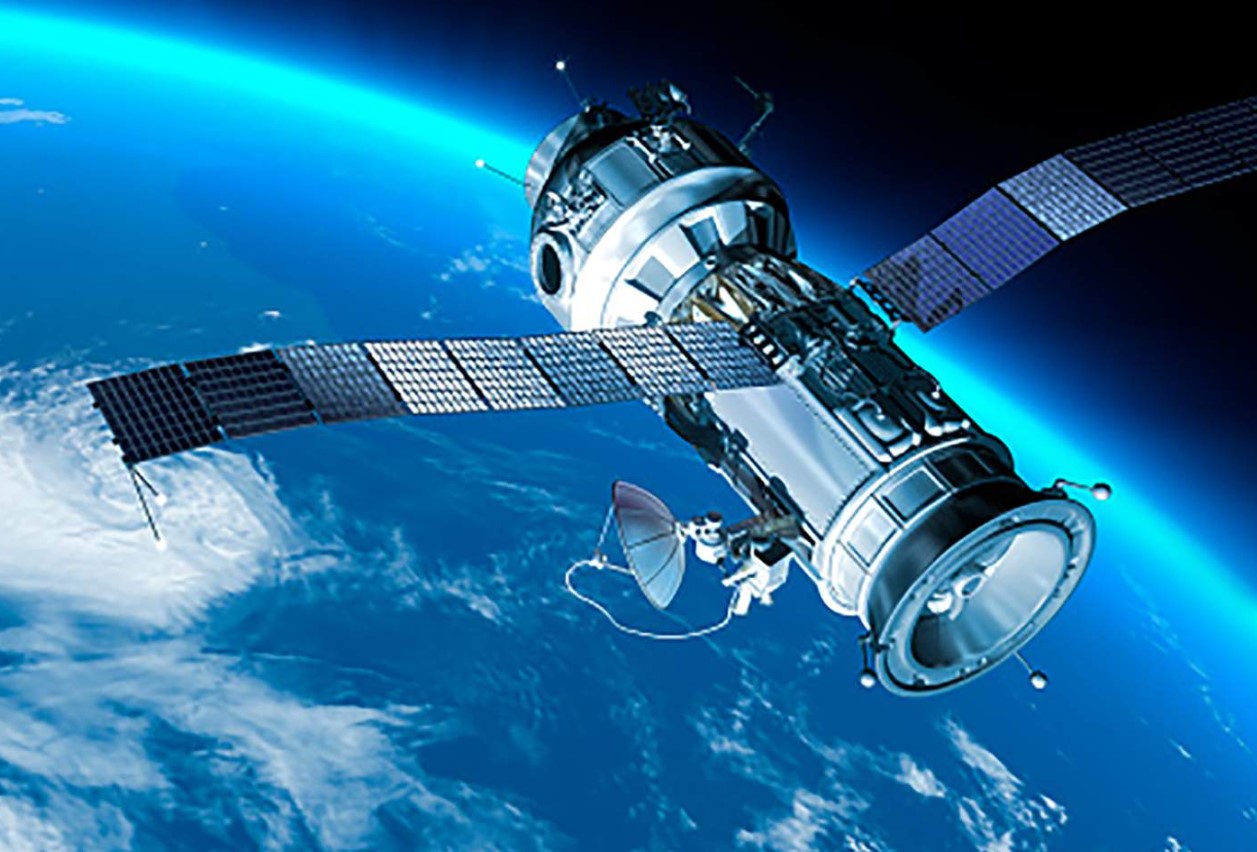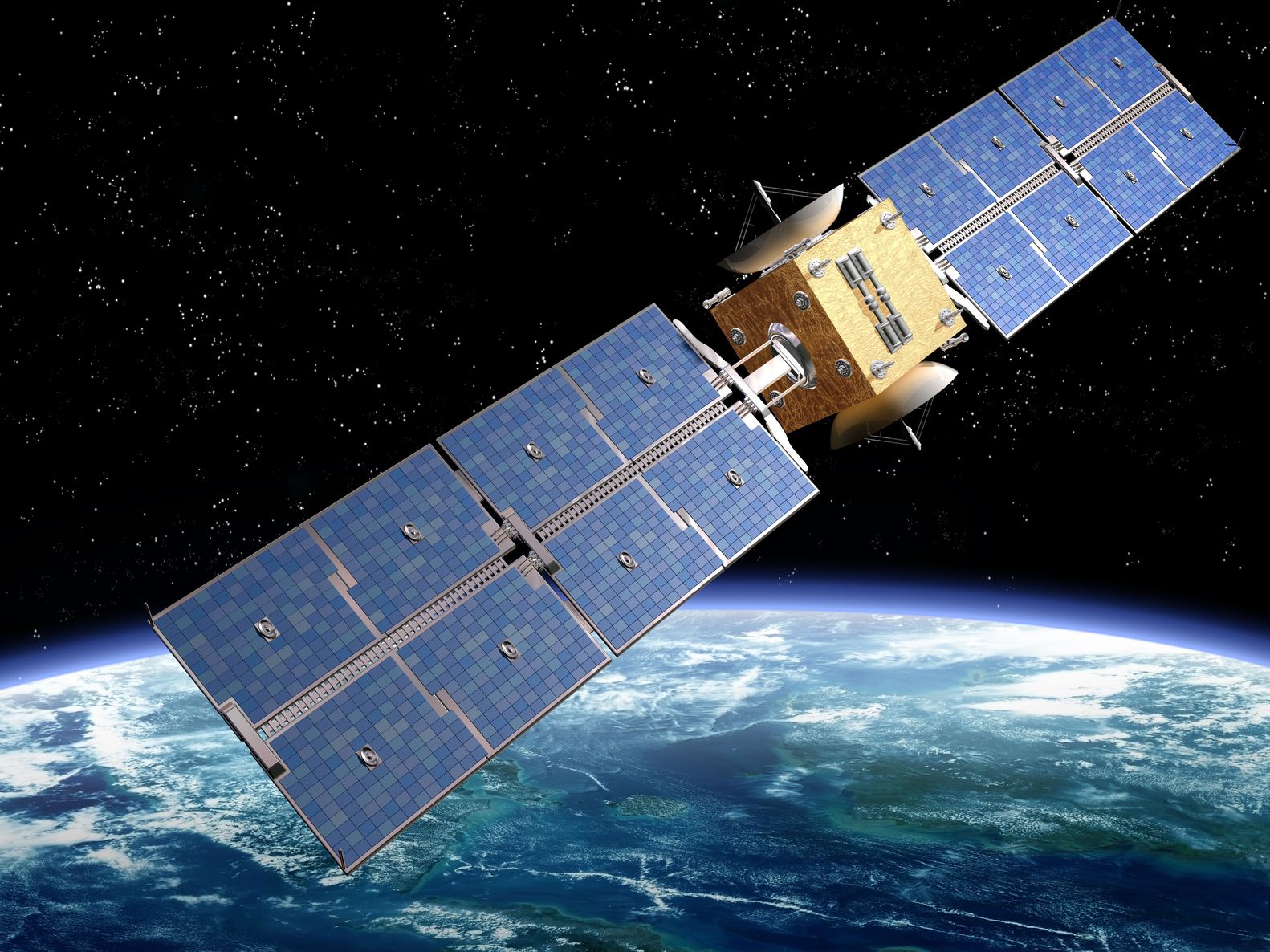A satellite on a collision course with Earth is expected to crash within the next six days, but scientists are unsure of its precise impact location.
The European Remote Sensing 2 (ERS-2) satellite, launched by the European Space Agency in April 1995, has been observing Earth until its mission concluded in 2011.

ERS-2 and ERS-1 were decommissioned after 16 years
The ERS-2, along with its counterpart ERS-1, was tasked with collecting data on Earth's land surfaces, oceans, and polar caps, and monitoring natural disasters such as severe flooding and earthquakes.
However, after 16 years in operation, the ESA decided to end the satellite's mission and began the process of deorbiting it to prevent potential collisions in space and the creation of additional space debris.
The satellite is expected to crash into Earth on the afternoon of February 19
Although an exact location has not been determined, the ESA has set a tentative date for the satellite's reentry into Earth's atmosphere, estimating it to occur on February 19th at 5:26 pm ET.
However, there is a margin of error of approximately 38 hours on either side of the projected date.

According to the ESA, the ERS-2 will reenter Earth's atmosphere and burn up once its altitude has decayed to around 80 km, which is expected to happen in mid-February 2024.
This timeline falls within the targeted time frame for the satellite's controlled descent.
However, accurately predicting the timing and location of the satellite's reentry is challenging.
The ESA explains that the unpredictability of natural decay is primarily due to our limited ability to forecast the density of Earth's atmospheric layers, which generate drag and cause the satellite's orbit to decay.

These layers' density determines the rate at which the satellite's orbit decreases, but factors such as the satellite's orientation and the surface area exposed to the atmosphere also affect this decay rate.
Other variables, including the satellite's attitude and the specific atmospheric conditions it encounters, cannot be precisely determined solely by tracking the satellite's orbit.
The ESA reassures that the majority of the satellite will burn up upon reentry into Earth's atmosphere.

It is anticipated that any remaining debris will descend into the ocean.
Although the exact location and timing of the satellite's burn-up cannot be predicted with certainty, the ESA is monitoring the situation closely.






